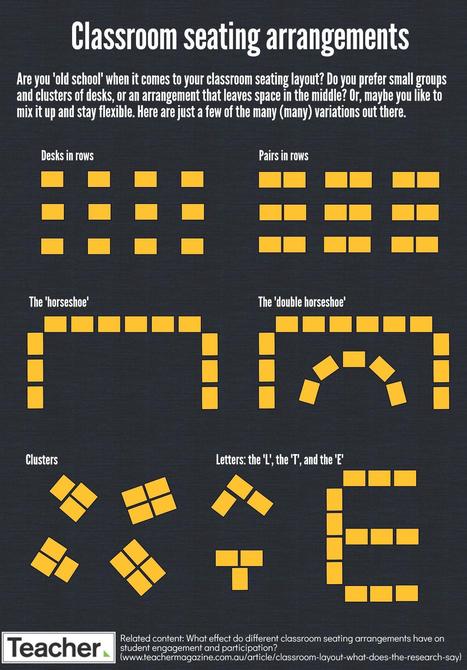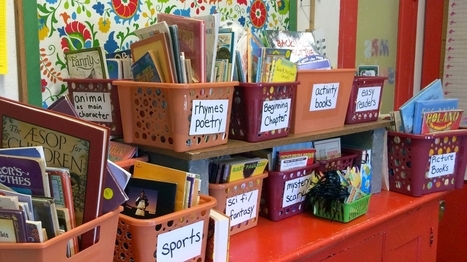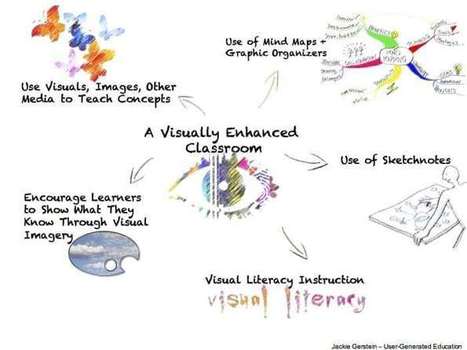Access the above chart by clicking on the graphic or the headline. Access the article below, here.
"What effect do different classroom seating arrangements have on student participation? What does your learning space reveal about your teaching philosophy? Should teachers or students decide who sits where? In today’s article, we take a look at what the research says.
"Learning spaces come in all shapes and sizes, from rectangular rooms built for 30 students where you can close the door on the world but still peer through the window, to flexible, open-plan environments with folding walls where scores of students come together. Outdoors, indoors, subject-specific spaces with specialist equipment and multipurpose rooms for whole school use."
Via Tom D'Amico (@TDOttawa) , Dennis Swender



 Your new post is loading...
Your new post is loading...









